- Home
- January 2017 Snapshots
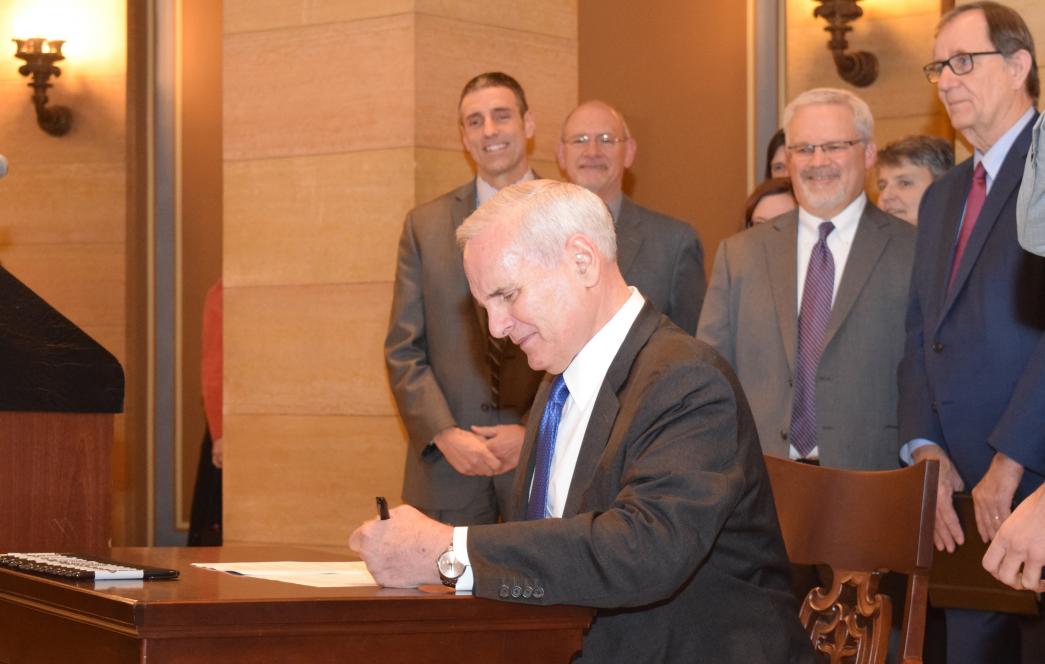
Minnesota, USDA sign new CREP Agreement
Almost 180 conservation leaders, media, elected officials and farmers joined Governor Dayton in the Capitol Rotunda on Tuesday, January 17 as he signed a new Minnesota Conservation Reserve Enhancement Program (CREP) agreement with the United States Department of Agriculture. The agreement, which came after two years of work and deliberations between the USDA and BWSR, will target 60,000 acres in areas of southern and western Minnesota facing significant water quality challenges, to protect and improve our natural resources for future generations.
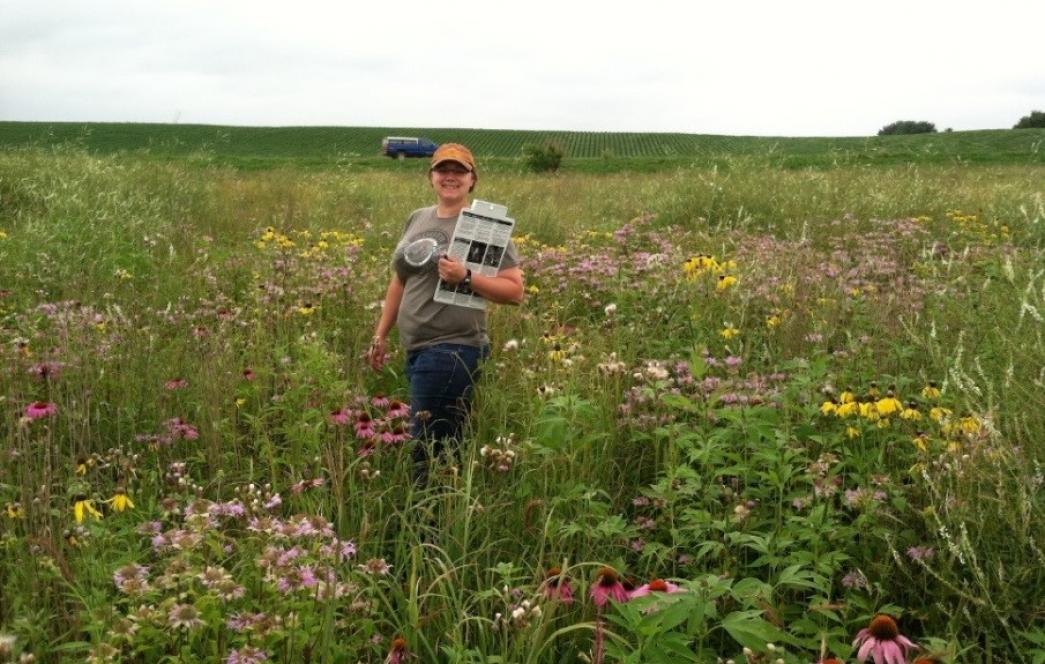
Farm Bill Assistance Partnership sees increased demand for conservation in 2016
Helping landowners understand and make the best choice of available options for establishing conservation practices and wildlife habitat on private land is the primary objective of Minnesota’s Farm Bill Assistance Partnership. As Minnesota’s State Buffer Program rolls out and existing Conservation Reserve Program contracts expire, the people in these positions have seen increased demand for their services.
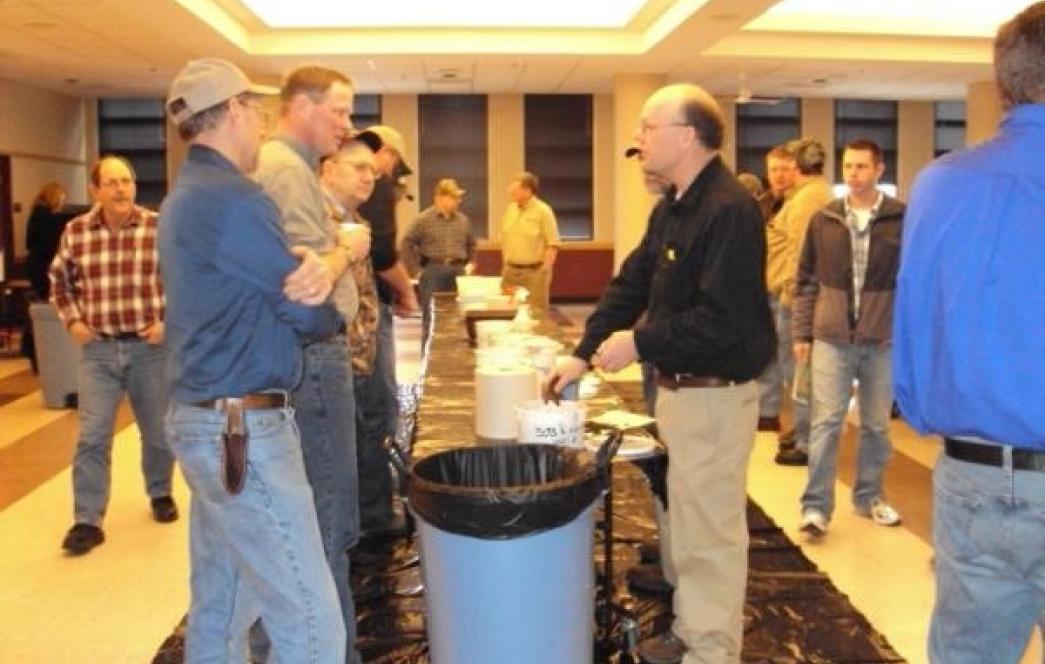
Balancing Production and Resource Needs
Irrigation is a common management practice for farming in the sandy soils of Otter Tail, Wadena, Hubbard, and Todd counties. Those sandy soils are closely tied to ground water quality and quantity concerns. The local priority concerns of elevated nitrate levels, expanding agricultural irrigation, susceptible soils and groundwater aquifers, and local wellhead protection resulted in the local water plans identifying groundwater protection as a high priority, a priority shared by the State.
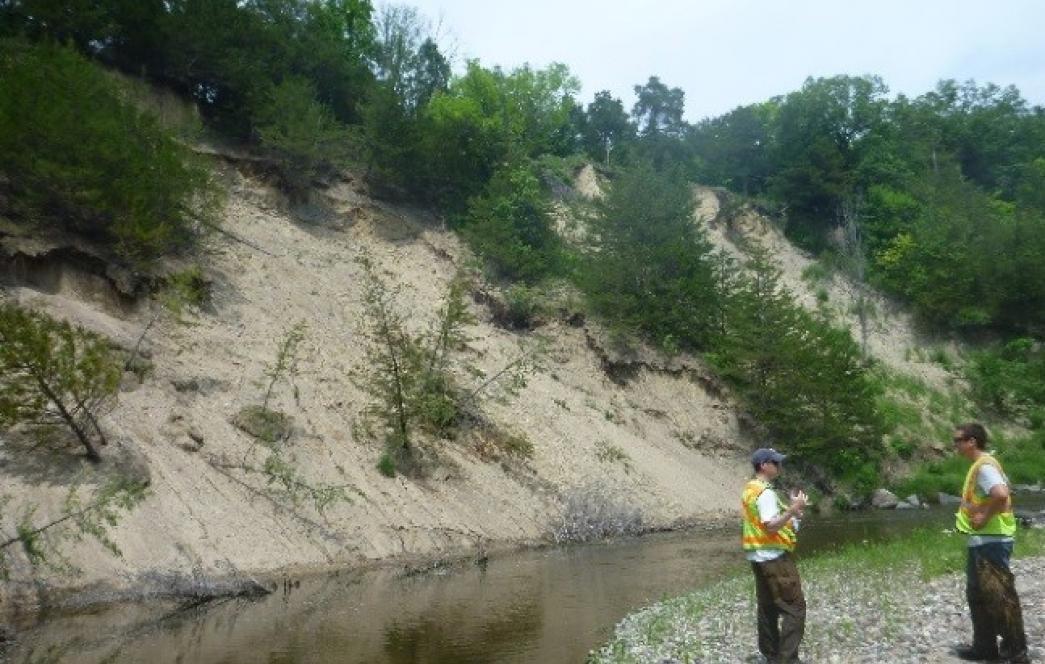
Accelerating water quality improvements in Scott County
In December 2014 BWSR awarded a $2,200,000 Clean Water Fund grant to the Scott Watershed Management Organization (WMO) as part of its Targeted Watershed Program to address multiple impairments in the Sand Creek watershed and its tributaries. The program focuses on watersheds where the amount of change necessary to improve water quality is known, the actions needed to achieve results are identified, and a majority of those actions can be implemented within a four-year time period.
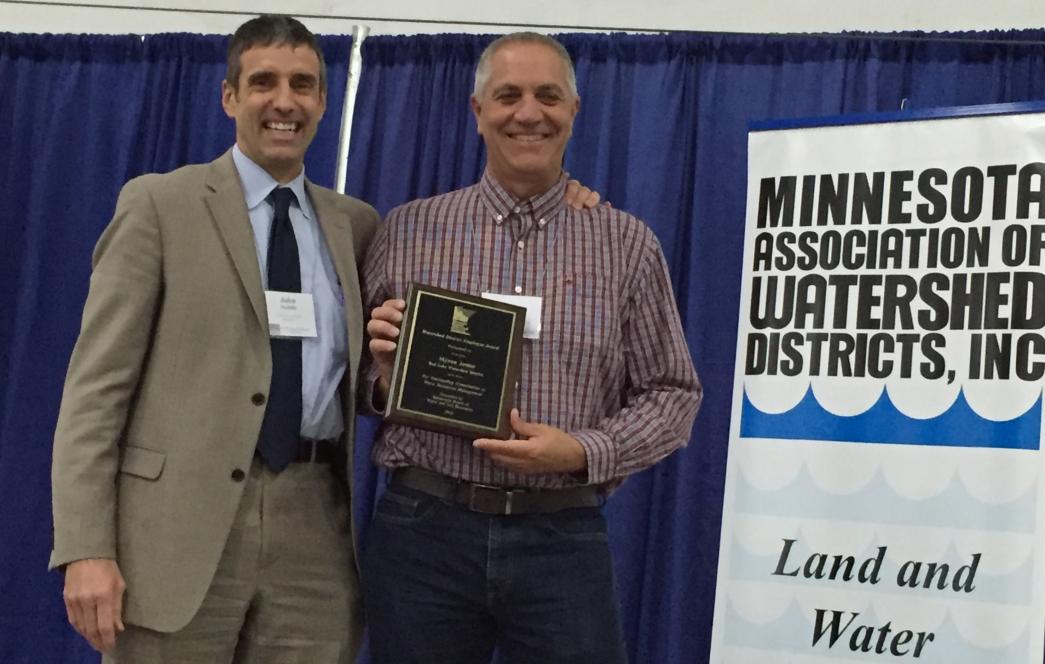
Recognizing Excellence in Conservation 2016 Watershed District Employee of the Year
At the Minnesota Association of Watershed Districts Annual Convention in December, Myron Jesme of the Red Lake Watershed District was honored with the 2016 Outstanding Watershed District Employee of the Year award.
Recognizing Excellence in Conservation 2016 Soil and Water Conservation District Employee of the Year
At the Minnesota Association of Soil and Water Conservation Districts Annual Convention in December, Melissa Barrick of the Crow Wing Soil and Water Conservation District was honored with the 2016 Outstanding District Employee of the Year award.
